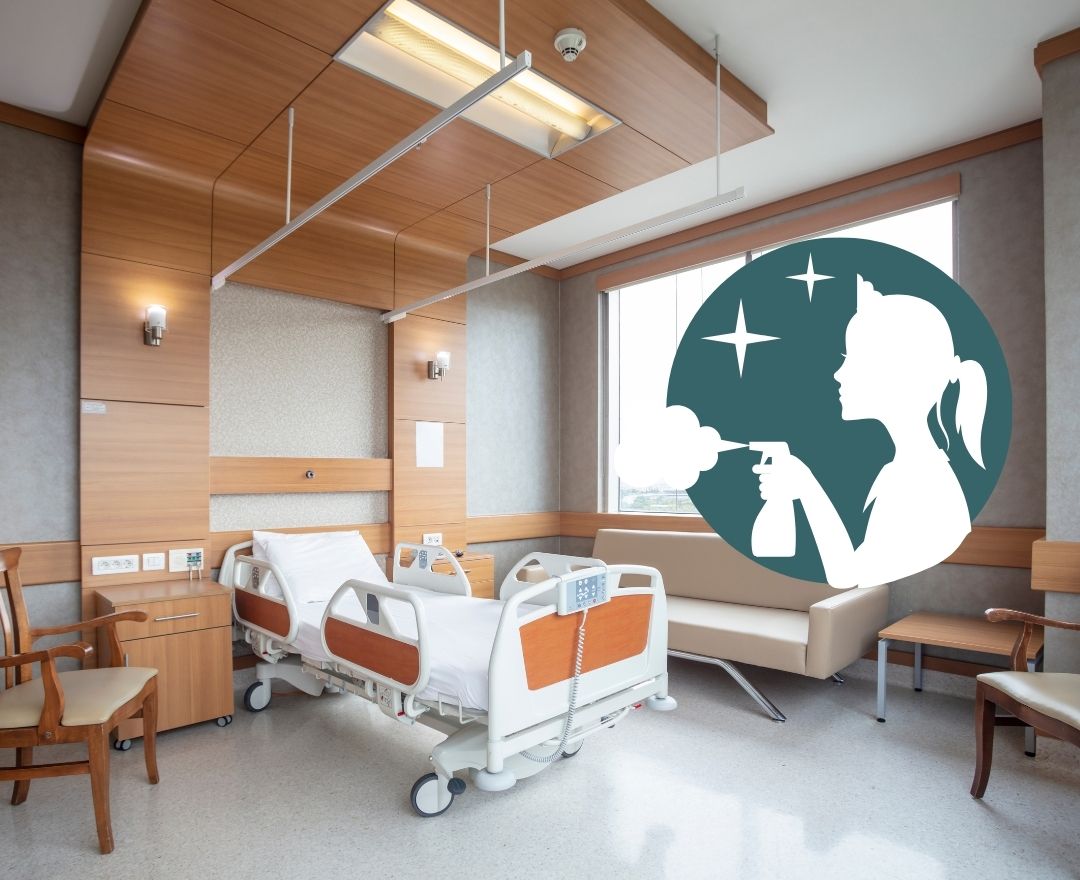
What is routine cleaning in hospital?
Posted by Amelia Annand @Medical Centre Cleaning Eudaemonia Press on 2023-10-23
When it comes to the healthcare industry, routine cleaning is far from mundane; it's a cornerstone of patient safety and infection control. In this in-depth report, we explore the significance of routine cleaning in hospitals, shedding light on the rigorous procedures, protocols, and dedicated professionals who ensure that healthcare facilities remain clean, safe, and conducive to the healing process.
Within the complex world of healthcare, routine cleaning is far from being a mundane task; it is a linchpin of patient safety, infection control, and overall hospital functionality. Routine cleaning in hospitals is the systematic and ongoing process of maintaining cleanliness and hygiene within healthcare facilities to ensure the well-being of patients, staff, and visitors.
This type of cleaning encompasses a broad spectrum of areas and surfaces, including patient rooms, operating rooms, public spaces, medical equipment, and even administrative offices. The significance of routine cleaning lies in its role in reducing the risk of hospital-acquired infections, which can be detrimental to patient recovery and lead to additional healthcare costs.
The procedures for routine cleaning in hospitals are highly detailed and standardized, often including the use of specialized cleaning agents and equipment. Hospital cleaning staff are meticulously trained to adhere to strict protocols to ensure that pathogens are eliminated, and surfaces are kept sterile. Moreover, they also play a crucial role in the disposal of biohazardous waste materials, further emphasizing their integral role in infection control.
Beyond infection prevention, routine cleaning in hospitals creates an environment that is conducive to the healing process, reduces cross-contamination risks, and contributes to the overall quality of healthcare delivery. In essence, it is the unsung hero behind the scenes that keeps hospitals safe, clean, and ready to provide the best care to those in need.
In conclusion, routine cleaning in hospitals is far from mundane; it is a cornerstone of patient safety, infection control, and overall hospital functionality. The meticulous and standardized process of routine cleaning encompasses a wide range of areas and surfaces within healthcare facilities. Its significance lies in its role in reducing the risk of hospital-acquired infections and maintaining a sterile environment for patients, staff, and visitors. Routine cleaning not only upholds high cleanliness standards but also creates an environment conducive to healing and reduces cross-contamination risks, ultimately contributing to the overall quality of healthcare delivery.
The Foundation of Infection Control
Routine cleaning in hospitals serves as the very foundation of infection control. Each day, countless patients with various ailments, including vulnerable individuals with compromised immune systems, enter the clinical environment seeking treatment and care. The healthcare staff, too, work tirelessly to provide medical services. In this bustling and dynamic setting, microorganisms that can cause infections are an ever-present threat.
Routine cleaning involves the consistent and thorough cleaning of hospital surfaces, equipment, and patient rooms. This proactive measure not only prevents infections but also reduces the risk of healthcare-associated illnesses. In addition, it contributes to a safe and comfortable environment for both patients and staff. In this section, we'll delve into the specific tasks and practices that define routine cleaning, including daily cleaning schedules, the selection of cleaning agents, and the role of housekeeping staff in maintaining hygiene standards.
The Role in Patient Safety
Patient safety is at the core of every hospital's mission, and routine cleaning plays a pivotal role in achieving this noble objective. Infections acquired during a hospital stay can lead to severe complications and, in some cases, even fatalities. The significance of keeping healthcare settings clean cannot be overstated.
Routine cleaning not only maintains a hygienic environment but also fosters patient trust in the quality of care they receive. It creates a sense of security that their well-being is a top priority. Moreover, healthcare workers are less likely to fall ill, ensuring that they can continue to provide essential medical services without interruption.
This section will further explore the critical link between routine cleaning and patient safety. We'll shed light on the standards and guidelines that healthcare facilities follow to implement effective cleaning protocols. Additionally, we'll discuss the importance of ongoing training for housekeeping staff to keep them updated on the latest infection control practices.
By the end of this article, readers will have a comprehensive understanding of the fundamental role routine cleaning plays in safeguarding patients, healthcare workers, and the overall integrity of hospital operations.
Facts about Routine Cleaning in Hospitals:
- Routine cleaning in hospitals is the systematic and ongoing process of maintaining cleanliness and hygiene within healthcare facilities.
- It includes the cleaning of patient rooms, operating rooms, public spaces, medical equipment, and administrative offices.
- Specialized cleaning agents and equipment are often used to eliminate pathogens and maintain a sterile environment.
- Routine cleaning reduces the risk of hospital-acquired infections, improving patient recovery and healthcare outcomes.
- It is essential to creating a safe and clean environment that supports the healing process and ensures the well-being of patients.